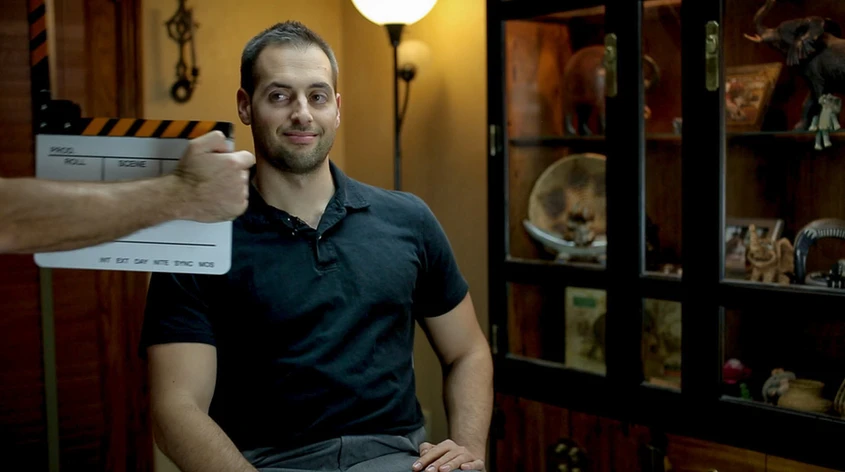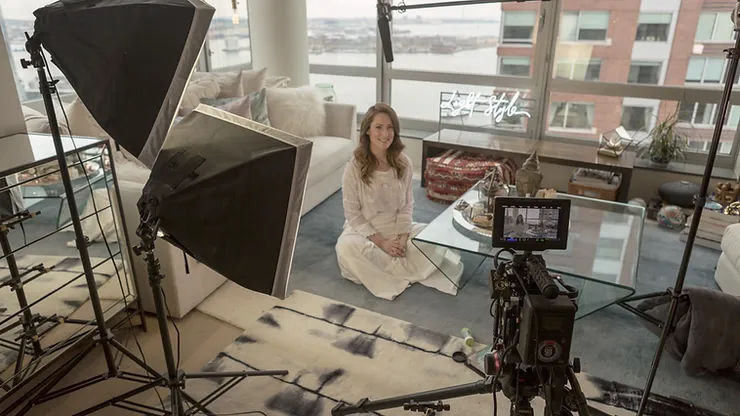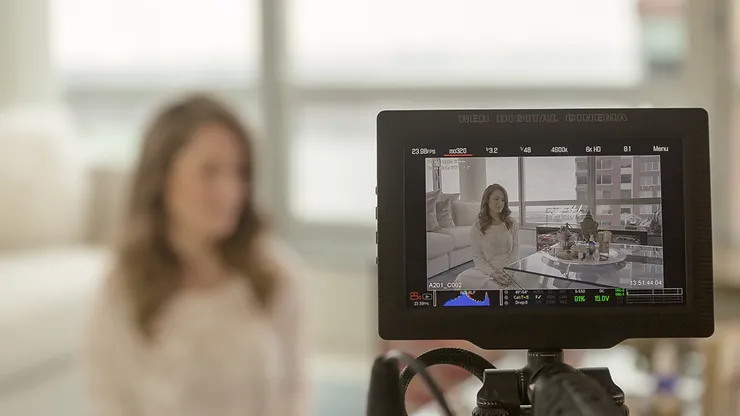Lighting has an infinite amount of arrangements and variations. There is no one right way of lighting a scenario, so a list of lighting techniques cannot fully be covered in its entirety. Although, what we can do is cover what it is we want light to do for us when a specific scene calls for it. When lighting a scene, it is important to ask ourselves two simple questions – What job do we want the light to do? And how can we add, reduce or manipulate light to achieve the look we want. By asking these two questions, we are better able to identify when light is working with us, or when it is doing a disservice to us as a filmmaker.
Lets begin with the attributes of video production light, the things we can control and change;
- Specular Light vs. Soft Light
- Narrow vs. Spacious
- Contrast
- Color
- Texture
- Altitude
- Direction
A fundamental ingredient of the quality of light is how Hard (specular) or soft light is, which is the characteristic of light that we most often change. Hard light produces sharp, well-defined shadows. Soft light is on the other end of the spectrum that produces vague, indefinite shadows (or sometimes no shadows at all), like when the light is diffused from many angles on a subject casting an indistinct soft shadow. Shooting a high contrasted scene with lots of shadows and highlights will result in a broader range of tones. This is not necessarily a bad thing although there are occasions where we do want a softer appearance. It is fundamental to make all the lighting sources balanced whether it be tungsten, daylight, or in some cases fluorescent and then color correcting in post production. This kind of color control plays a vital role in the mood and tone of a scene.

The Fundamentals of Lighting for Video Production and Professional Photography
To add a cinematic (adding layers) feel, we at Taps Media often create separation, meaning we make the subject stand out from the background. A method for doing this is called backlighting or making the background darker and the foreground lighter (or vis versa) in order to create a more three dimensional visualization. Essentially, we want to create a scene that looks realistic to the eye when watching it on a screen. This separation creates a great deal of depth and perspective to bring the image alive. This is why we steer clear of flat lighting – when a lighting source is coming from near the camera itself lighting the subject evenly which therefor eliminates the three dimensional aspect of the subject. We like the term cinematic because it describes all the methods and techniques to add layers of emotion, tone and mood to the context of storytelling. As any good filmmaker will know, we can make any scene be perceived by the audience as scary or romantic by the type of cinematic techniques we use.
The direction and intensity of light also factors in the mood and emotional tone of a scene. The intensity of lighting effects the overall exposure that the cinematographer will need to adjust too. We like to call this contrast, which clearly defines the ratio amongst the fill light and the key light amongst other lights from say a window or a lamp. The direction of light is a major player in the casting of shadows. If most of the light comes from the side or behind the subject, the subject will be dramatic or maybe too dark. This however can be utilized if you are trying to make a scene appear underlit or moody such as a scene where you want the audience to perceive the scene as dark or high contrasty.

The Fundamentals of Lighting for Video Production and Professional Photography
There are many aspects of color that we as filmmakers play with to tell a story. We often use color to make a more meaningful image. Controlling the color at the light source involves both color balancing of temperatures in camera, gels and the choice of using various lighting sources. To achieve the look desired in the post production, we often use LUTS or Look Up Tables to manipulate color in camera as well. We will devote lots of time in the preproduction to identity which colors we want to use to create a specific theme in the story. The lights you turn on, are just as important as the lights that are not on.

The Fundamentals of Lighting for Video Production and Professional Photography
Lets go over some basic lighting principles:
- Avoid flat lighting when possible. Lights that are positioned from the side and back are ways to avoid flat lighting. If a light is either near or right in front of the camera then it will be featureless lighting. Stay away from flat lighting!
- Whenever it is possible, light a subject from the upstage side, meaning from the side and away from the camera, if the key light is on the same side of the subject as the camera, it is termed downstage. Try to always light from the upstage side!
- Use techniques such as backlighting and kickers (such as a hair-light) to separate the subject from the background. This will help to accentuate the subjects features creating a more three dimensional appearance.
- Use Shadows to create depth and texture.
- Use the light to expose your subject correctly, this involves adjusting the intensity of the light or diffusing it when possible. Over or under exposing a subject will have detrimental effects on the post-production process.

